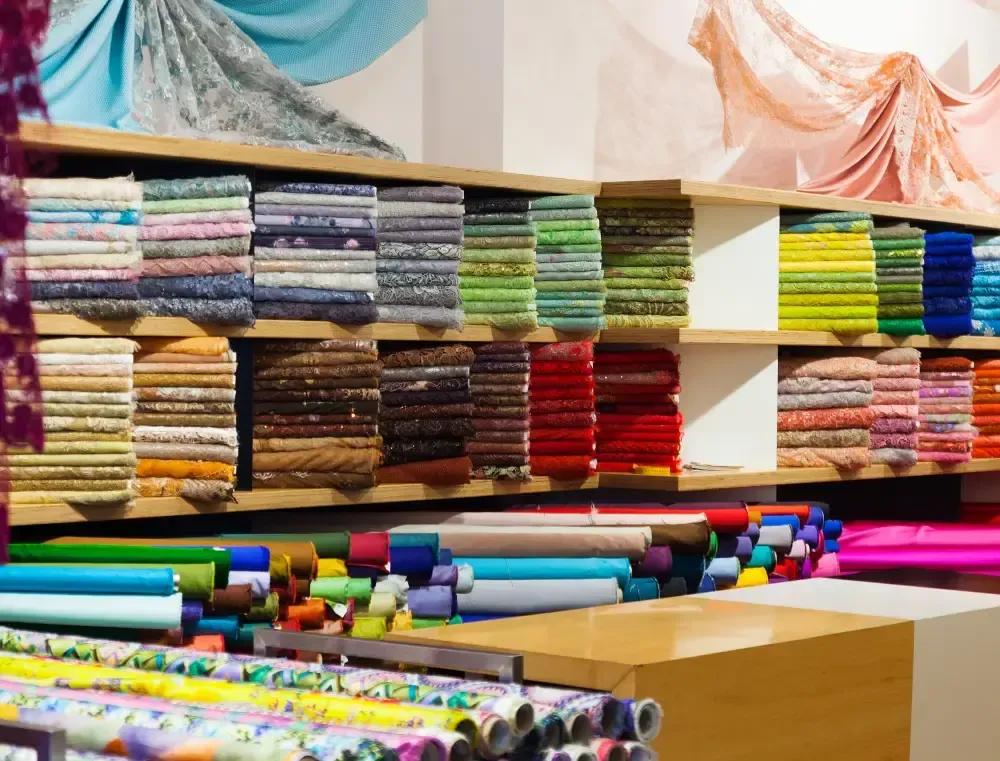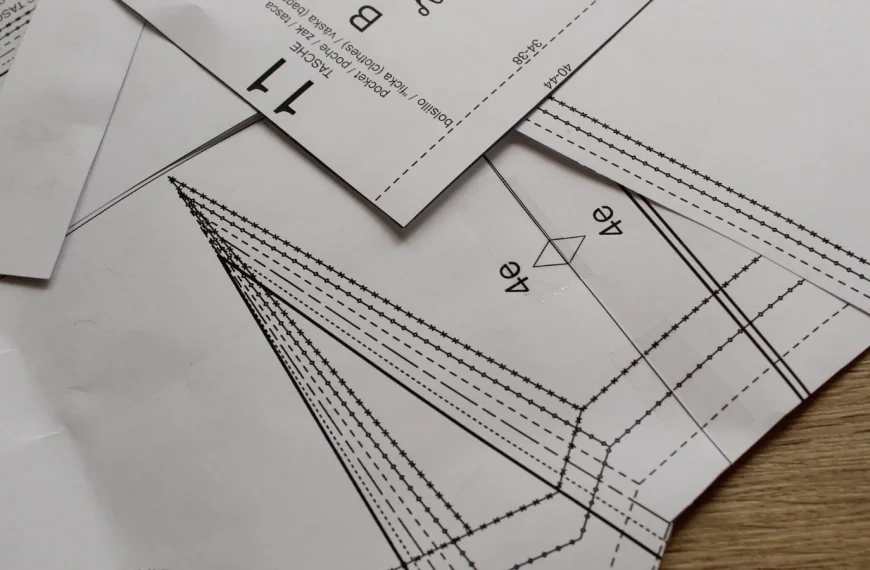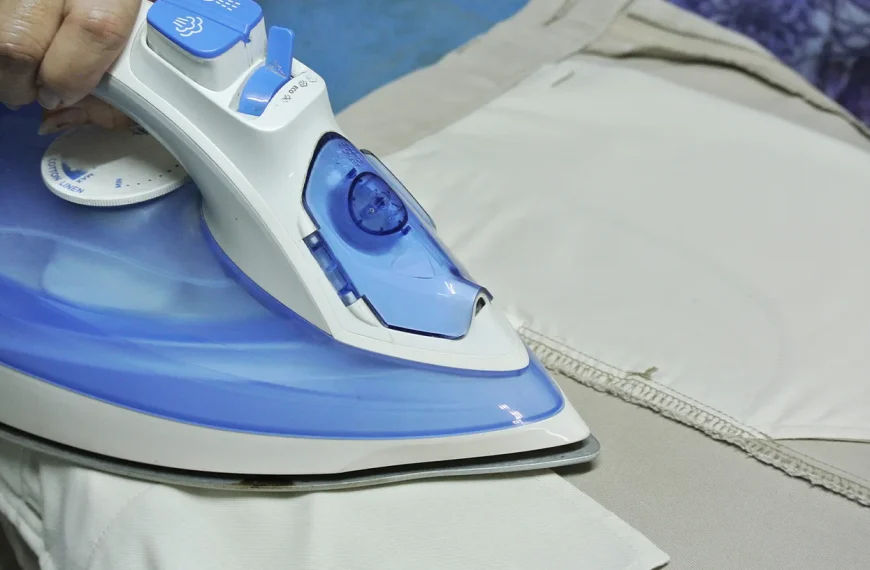Choosing the perfect fabric is essential for creating a stunning quilt. The type of fabric you choose can impact your quilting project’s look and feel. Whether you’re a seasoned quilter or just starting, understanding how to buy fabric for quilting is key to achieving the desired results.
In this guide, we’ll explore everything from different types of fabrics to consider, how much to buy, and even tips for storing your quilting fabrics. So, let’s dive in and learn how to make the best choices when selecting the ideal fabric for your next quilting project.
Common Types of Quilting Fabrics
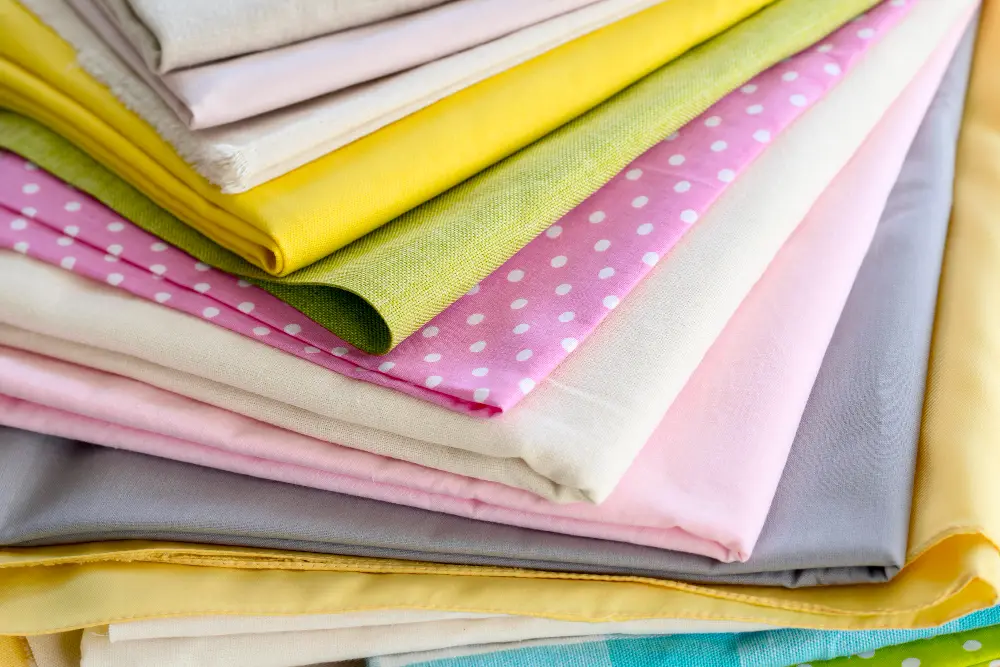
When it comes to quilting, choosing the suitable fabric is crucial. The type of fabric you select can make a big difference in the outcome of your quilt. Let’s dive into understanding the different types of quilting fabrics and how to determine the right amount to buy.
Understanding Different Types of Quilting Fabrics
-
Cotton: Cotton is the go-to choice for quilting fabric. It’s favored for its durability, ease of use, and wide availability. Additionally, cotton fabrics come in a variety of prints and colors. This makes them versatile for different quilt designs.
-
Batik Fabric: Batik fabrics are known for their vibrant colors and unique designs. These fabrics are dyed using a wax-resistant technique, resulting in stunning patterns that add an exotic touch to quilts.
-
Flannel: Flannel is a soft and cozy fabric that works well for quilts intended to provide warmth. It’s often used in quilts designed for colder climates or as backing for baby quilts.
-
Linen: Linen fabrics offer a natural texture and drape, adding an organic feel to quilts. While less common than cotton, linen can bring a unique aesthetic to your quilt projects.
Determining the Right Amount to Buy
When purchasing fabric for your quilt, it’s essential to consider the quilt pattern and size to determine the right amount needed. Larger quilt patterns or those with intricate designs may need more fabric, especially if fussy cutting or specific print placements are involved. On the other hand, smaller or simpler patterns may need less fabric.
It’s always wise to buy slightly more fabric than you think to avoid errors when cutting or piecing together your quilt top. This extra allowance ensures you have enough fabric to complete your project without any last-minute stress.
When planning your next quilting project, it’s important to understand the different types of fabrics and how much of each you’ll need based on your design choices.
Precut Fabrics for Quilting
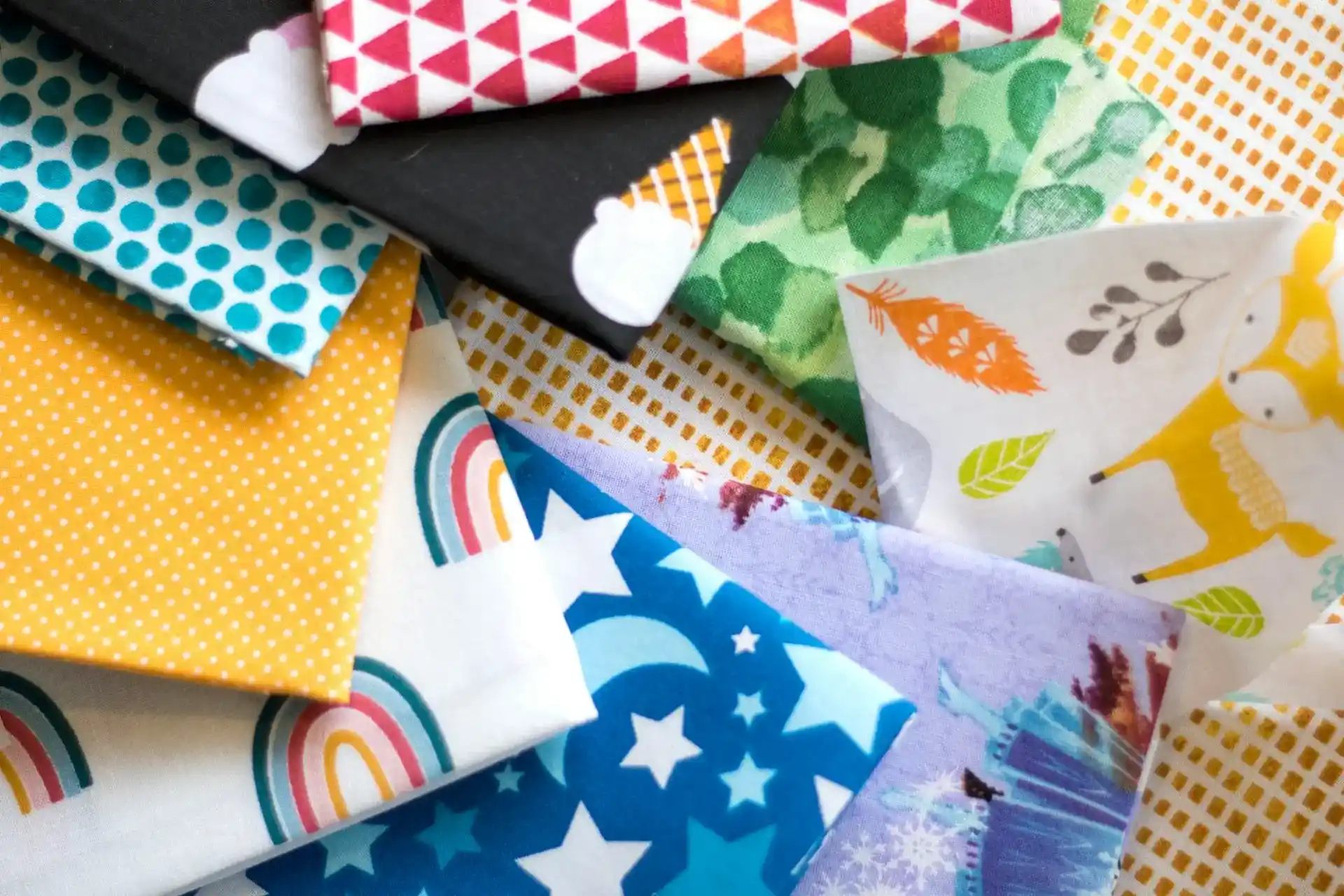
Quilting with precut fabrics offers a convenient and time-saving approach. Let’s explore the advantages of using precut fabrics and the popular types available on the market.
Advantages of Using Precut Fabrics
Utilizing precut fabrics eliminates the need for extensive cutting. Doing so saves both time and effort in the quilting process. These fabrics come in various shapes and sizes, such as squares, strips, and triangles. This allows quilters to dive straight into piecing together their quilt tops without spending hours cutting fabric pieces. This is especially beneficial for quilters working on multiple projects or having limited time to cut fabric.
Popular Types of Precut Fabrics
-
Fat Quarters: Fat quarters are quarter-yard cuts of fabric cut in half lengthwise, resulting in a piece measuring approximately 18×22 inches. They are versatile and can be further cut into smaller pieces for diverse quilt designs.
-
Jelly Rolls: Jelly rolls consist of 2.5-inch-wide strips of fabric rolled into a bundle. These pre-cut strips come from an entire collection or color-coordinated set. This makes them ideal for creating visually cohesive quilts with minimal effort.
-
Charm Packs: Charm packs are collections of 5-inch fabric squares. They offer a convenient way to access a variety of prints from a specific collection or designer. So you don’t have to buy larger quantities of each fabric.
Using precut fabrics is a great way to simplify the cutting process and experiment with various shapes and sizes. These precut options offer flexibility and convenience. They make quilting more enjoyable for both beginners and experienced quilters.
Other Units Used for Selling Fabric
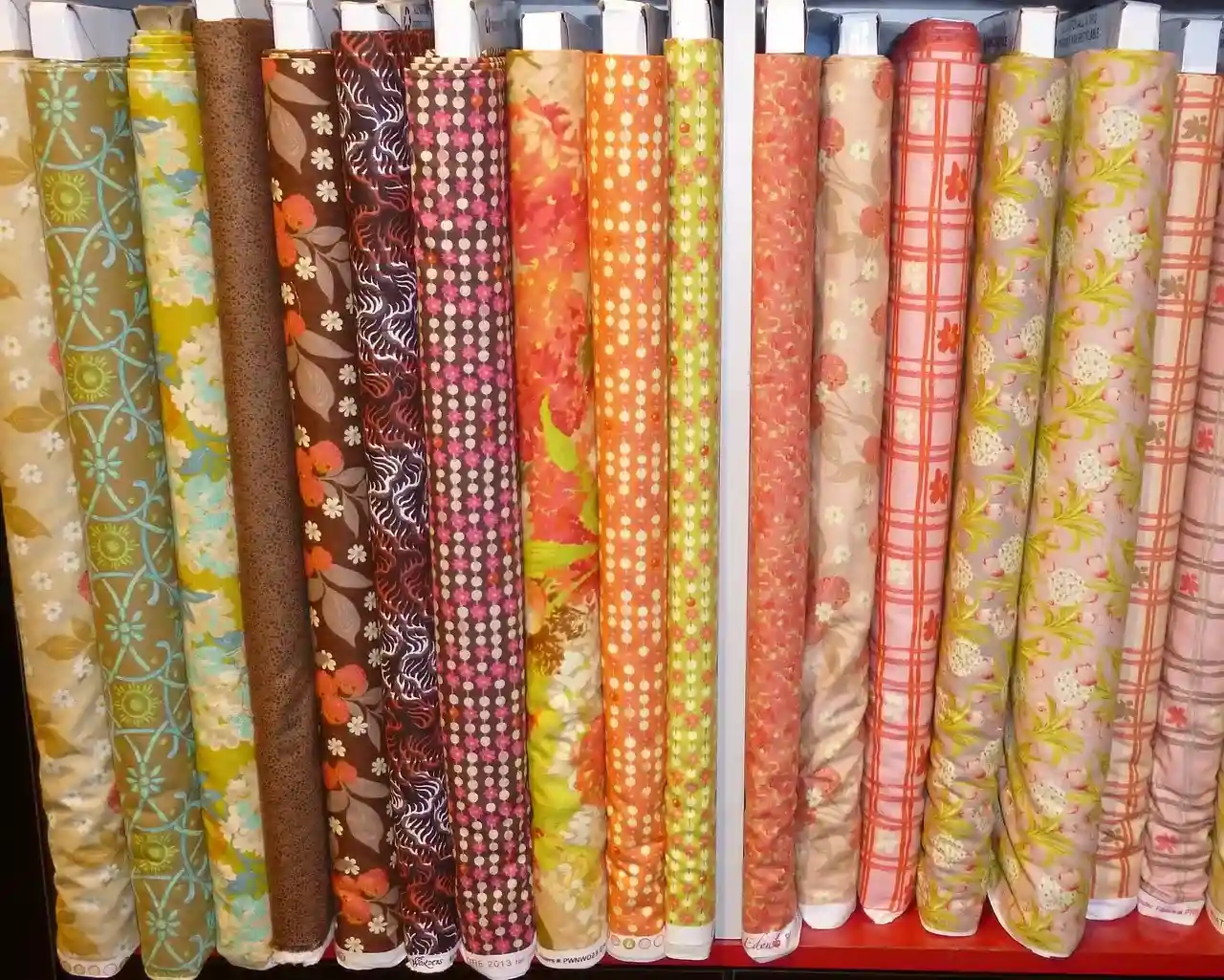
When purchasing fabric for quilting, understanding the various units of measurement and pre-cut options available can make the process much more manageable. Let’s explore the common units used for selling fabric and considerations to remember when buying fabric units.
Yardage and Precut Units
Fabrics are typically sold by the yard. This makes it easy for quilters to get the specific length they need for their projects. Buying fabric by the yard provides flexibility, especially when working on quilts with varying size requirements. Additionally, purchasing fabric by the yard allows quilters to match the length of fabric needed for borders, sashing, or backing.
Pre-cut units offer convenience and versatility for quilters. These pre-cut fabrics come in standardized sizes and shapes, such as squares, strips, or triangles, saving time that would otherwise be spent on cutting. Quilters can choose from various pre-cut options based on their project needs and design preferences.
Considerations for Buying Fabric Units
When considering pre-cut units, assessing which types of pre-cuts align with your quilting style and project requirements is beneficial. For example, charm packs may be an ideal choice if you enjoy working with smaller pieces or creating intricate designs. On the other hand, jelly rolls provide long strips of coordinated fabrics that work well for strip piecing or creating visually cohesive quilt designs.
By familiarizing yourself with yardage and pre-cut units while considering your specific project needs, you’ll be better equipped to buy the right amount of fabric in a format that suits your quilting style and preferences.
Consider Color and Scale When Choosing Fabric for a Quilt
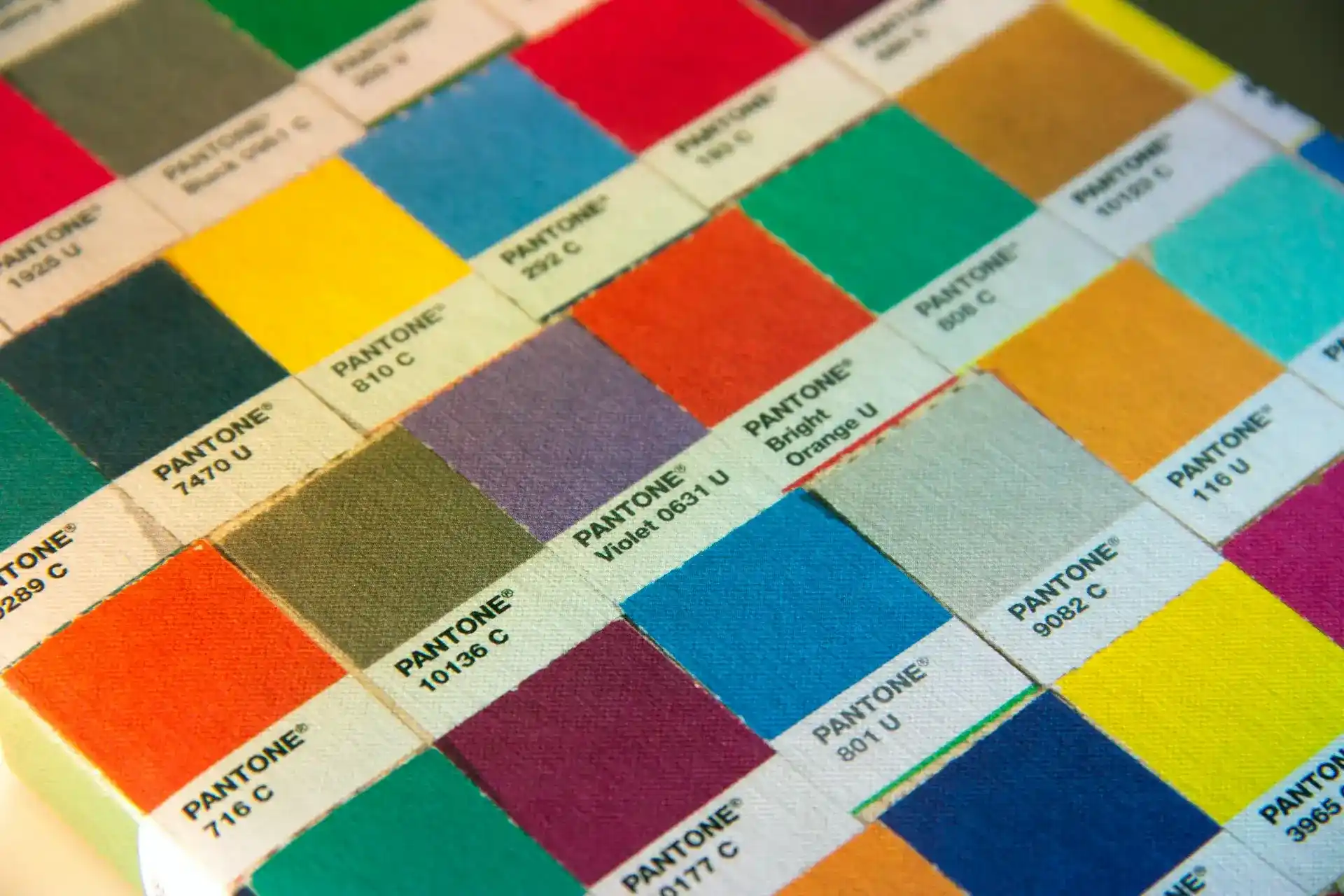
When it comes to making a quilt, the interplay of color and scale can truly make or break the aesthetic appeal of your quilt. Let’s delve into the significance of color and scale in quilting and explore some expert tips for choosing fabrics that will elevate your quilt to a new level.
Importance of Color and Scale in Quilting
The colors you choose for your quilt can set the tone and mood, evoke emotions, and create visual interest. Similarly, understanding scale—the relative size of the prints or patterns—can significantly impact the look of your quilt. By carefully considering these elements, you can craft a visually stunning and harmonious quilt that captures attention.
Opt for Curated Fabric Bundles or Pre-cut Fabrics
Opting for curated fabric bundles or pre-cut fabrics can simplify the fabric selection. These bundles often feature a thoughtfully curated selection of fabrics by designers or shops. This ensures that the fabrics complement each other seamlessly. Additionally, pre-cut bundles save time and effort when choosing fabrics for your quilting projects. This allows you to focus more on the creative aspects of quilt-making.
Begin with One Collection
Renowned quilter Joanna Figueroa recommends starting with a curated bundle for 80% of your quilt fabrics. This approach provides a cohesive foundation while simplifying the selection process. Incorporating 20% from other fabric collections adds variety and visual interest to your quilt, creating a dynamic interplay of colors and prints.
Choose Varying Shades of the Same Color
Experimenting with different shades within the same color family can add depth and visual intrigue to your quilts. Mixing lighter and darker tones within a specific color family creates dimension. This makes your quilt visually captivating while maintaining cohesiveness.
Mix Collections from One Designer
Mixing fabrics from one designer’s collection allows for experimentation within a curated bundle. It offers an opportunity to explore diverse prints while ensuring they harmonize effortlessly. Alternatively, combining collections from different designers can produce cohesive yet creatively eclectic quilts that showcase your unique style.
Use Solid Fabrics to Tone Down Busy Prints
Solid fabrics or sashing strips can effectively neutralize busy prints and vibrant colors. This technique provides visual contrast and gives the eye a place to rest amidst intricate patterns, ultimately enhancing the aesthetic appeal of your quilt.
By leveraging these insights into color schemes, scales, curated fabric choices, and strategic use of solids, you can take your quilting projects to new heights while infusing them with creativity and visual allure.
Seek Assistance from a Local Shop
Local quilt shops are a treasure trove of inspiration and expertise. They offer myriad benefits for quilters looking to enhance their fabric shopping experience.
Benefits of Local Quilt Shops
-
Personalized Assistance: When you step into a local quilt shop, you’re greeted by knowledgeable staff passionate about quilting. They can offer customized guidance, help you navigate fabric choices, and provide valuable insights based on their experience. Whether you need advice on color coordination or assistance selecting the suitable fabric for your project, the staff at local quilt shops support you at every step.
-
Wide Variety of Fabric Options: Local quilt shops boast an extensive selection of fabrics, from classic prints to modern designs. You’ll find an array of textures, colors, and patterns to suit diverse quilting projects. Additionally, these shops often carry unique specialty fabrics that may not be readily available elsewhere. This allows you to explore new possibilities and add distinctive touches to your quilts.
Engaging with Quilting Communities
Joining quilting communities can be an enriching experience for both novice and seasoned quilters alike.
-
Invaluable Advice from Experienced Quilters: Engaging with quilting communities provides access to knowledge from experienced quilters. Whether it’s in-person meetups or online forums, interacting with fellow quilters allows you to seek advice on fabric choices, receive tips on techniques, and gain insights into the latest trends in quilting. The camaraderie within these communities fosters a supportive environment where members willingly share their expertise and experiences.
-
Inspiration and Creativity: Being part of a quilting community exposes you to a diverse range of quilting styles, designs, and projects. This exposure can spark new ideas and ignite creativity as you witness the unique approaches taken by other quilters. It’s an opportunity to learn from each other’s successes and challenges while finding inspiration for your next quilting endeavor.
By tapping into the resources offered by local quilt shops and engaging with quilting communities, you can elevate your fabric shopping experience while immersing yourself in a vibrant network of fellow quilters who share your passion for this timeless craft.
Tips for Storing Quilting Fabrics
Proper Storage Techniques
Proper storage is essential for preserving the quality of your quilting fabrics. Here are some tips for storing quilting fabrics to maintain their pristine condition:
-
Cool, Dry Place: Store your quilting fabrics in a cool, dry place away from direct sunlight. Exposure to sunlight can cause colors to fade and fabrics to deteriorate over time. Opt for a location that maintains a consistent temperature and humidity level to prevent damage.
-
Avoid Moisture: Moisture can lead to mildew or mold growth on fabrics, compromising their integrity. Ensure the storage area is well-ventilated and free from any moisture buildup that could harm the fabrics.
Organizational Strategies
In addition to proper storage techniques, effective organizational strategies can make accessing and maintaining your quilting fabric collection easier. Consider the following organizational tips:
-
Clear Bins or Shelves: Use clear bins or open shelves to organize your fabrics by color, type, or ongoing projects. Clear bins allow you to see the contents easily without rummaging through each one. Open shelves provide quick access and visibility for efficient fabric selection.
By implementing these proper storage techniques and organizational strategies, you can ensure that your quilting fabrics remain in prime condition and are readily accessible for your next inspiring quilt-making endeavor.
Conclusion
Ultimately, choosing the suitable fabric is essential for the success of any quilting project. By incorporating these tips into your fabric shopping experience, you can elevate your quilting endeavors and create beautiful, visually captivating quilts that reflect your unique style and creativity.
Remember: The journey of creating a quilt begins with selecting the perfect fabric. So embrace the process, explore new possibilities, and enjoy every moment of bringing your vision to life through this timeless craft.
FAQs
Q: Where can I buy fabric for my quilting projects?
A: You can buy quilting fabric at fabric stores, online shops, or even quilting events and fairs. Make sure to look for various shades and prints to add interest to your quilt.
Q: What is a stash in quilting?
A: A stash in quilting refers to a collection of fabrics that a quilter has accumulated over time. Quilters often build up their stash to have a variety of fabrics to choose from for different projects.
Q: Can you give tips on how to mix different fabrics in a quilt?
A: To mix fabrics effectively in a quilt, balance different prints, textures, and colors. You can use a variety of fabrics, like florals, stripes, dots, and solids, to create exciting combinations.
Q: How can I best organize my fabric stash?
A: Organize your fabric stash by color, print, or type of fabric to make finding what you need for your quilting projects easier. Clear bins, shelves, or fabric organizers can keep your stash neat and accessible.
Q: What is the difference between quilting cotton and other fabric types?
A: Quilting cotton is a specific type of fabric that is commonly used for quilting projects. It is lightweight, tightly woven, and in various prints and colors. These make it perfect for patchwork quilts.
Learn more sewing tips on Longan Craft Blog! Dive into the fabric world with Longancraft!

